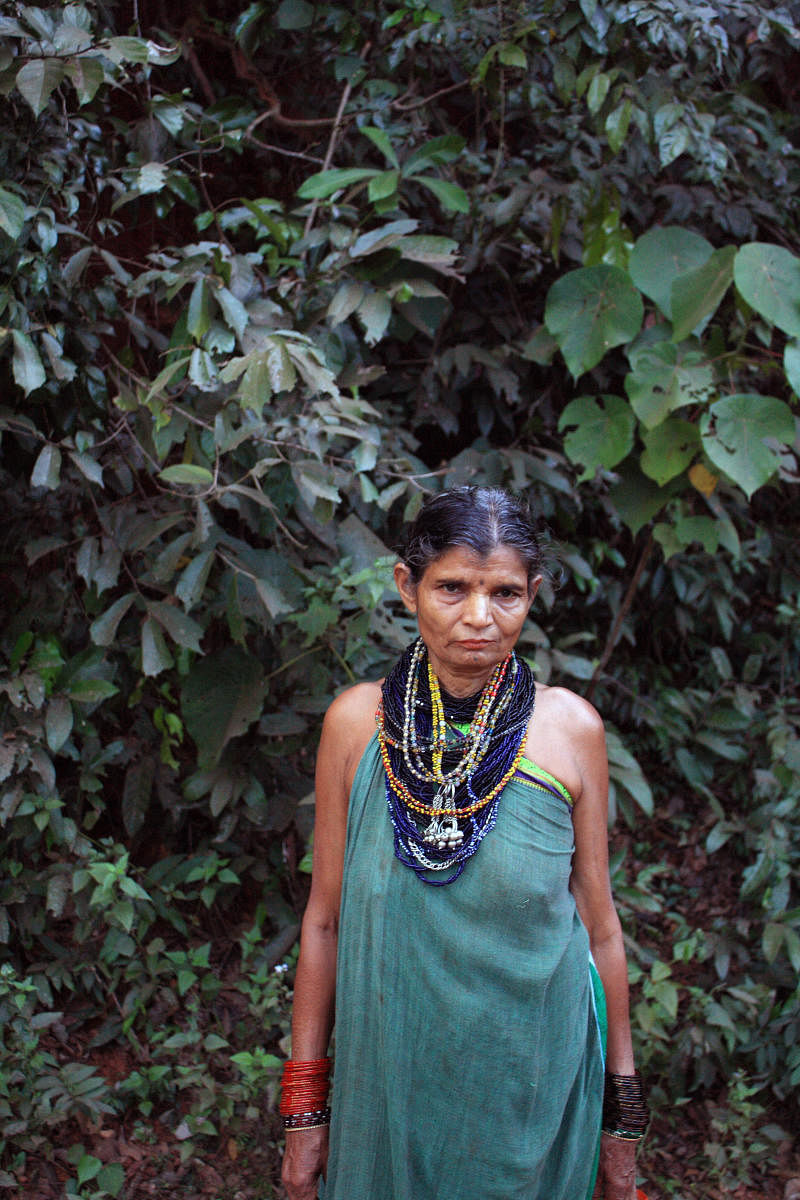

A journey through Karnataka’s coast is like travelling through a bygone era.
Bathed in vivid green and blue, the locals go about their daily lives seemingly untouched by the vagaries of time.
Cut off from the mainland by densely forested mountains, the coast developed a unique multi-cultural identity, influenced by the Arabs, Portuguese, British and other visitors in its recent history.
Starting out from Mangaluru, we set out for Kollur in Udupi district, where the Mookambika temple dedicated to Goddess Parvati is set amidst the dense forests of the Western Ghats.
We took a detour to the Anejhari Butterfly camp, deep in the heart of the Mookambika Wildlife Sanctuary and sat by the languid Souparnika river.
Anejhari is an ecological paradise and soon, we spotted a number of hornbills, cormorants, flycatchers, numerous butterflies, hump-nosed viper and even a lone chital on the other side of the river.
However, we had to move on to our next destination and took another local bus to travel north up the coast.
Red earth
On a series of interconnected local buses from Kollur to Gokarna, our senses stretch as we stare at the picture-perfect views. The lateritic soil, rich in iron oxide, provides a distinct identity to the region, especially during the dry season, when the entire land turns dull red.
Noticing my interest, my fellow traveller explains the traditional process by which these laterite houses are prepared.
Rectangular blocks of laterite are hewn out from the wet soil — the moisture aids in the extraction, as once the soil is exposed to sunlight, it hardens into rigid blocks.
These blocks have been preferred by coastal communities to build houses due to its cooling properties and durability. Exploring the villages next to the station, we watch Halakki women carry large baskets of fish balanced precariously on their heads.
Gokarna houses the ancient Mahabaleshwar temple, dedicated to Lord Shiva, and the Bhadrakali temple, where the embodiment of Goddess Parvati is said to protect this ancient town.
Ancient as they are, both Kollur and Gokarna are located in unique, biologically rich areas — Kollur at the heart of the mountainous Kodachadri with its evergreen forests, while Gokarna has a rich concentration of coastal forests with low-lying hills.
Historical records suggest that both towns were ancient hermitages inside deep forests and over time, metamorphosed to their present form.
Yet, as we spent time in both the towns and surrounding areas, the ecological consequences of pilgrimages — the rising pollution, discharge of waste into the Souparnika river in Kollur, and the effect of tourism on the beaches in Gokarna became apparent.
Though it was nearby, we refrained from going to Goa, Yana or Mirjan Fort, as Gokarna deserves the complete attention of a visitor.
Though famous for its beaches and pilgrimages, this ancient town also offers to experience the serenity in the forest patches and interact with the local rural communities.
The trip taught us the art of sitting silently, admiring the beauty of nature and appreciating moments of soundless contemplation.
On our way back home, the strong effect of Gokarna’s charm lingered on. And the decision to make an unrestricted plan proved right.